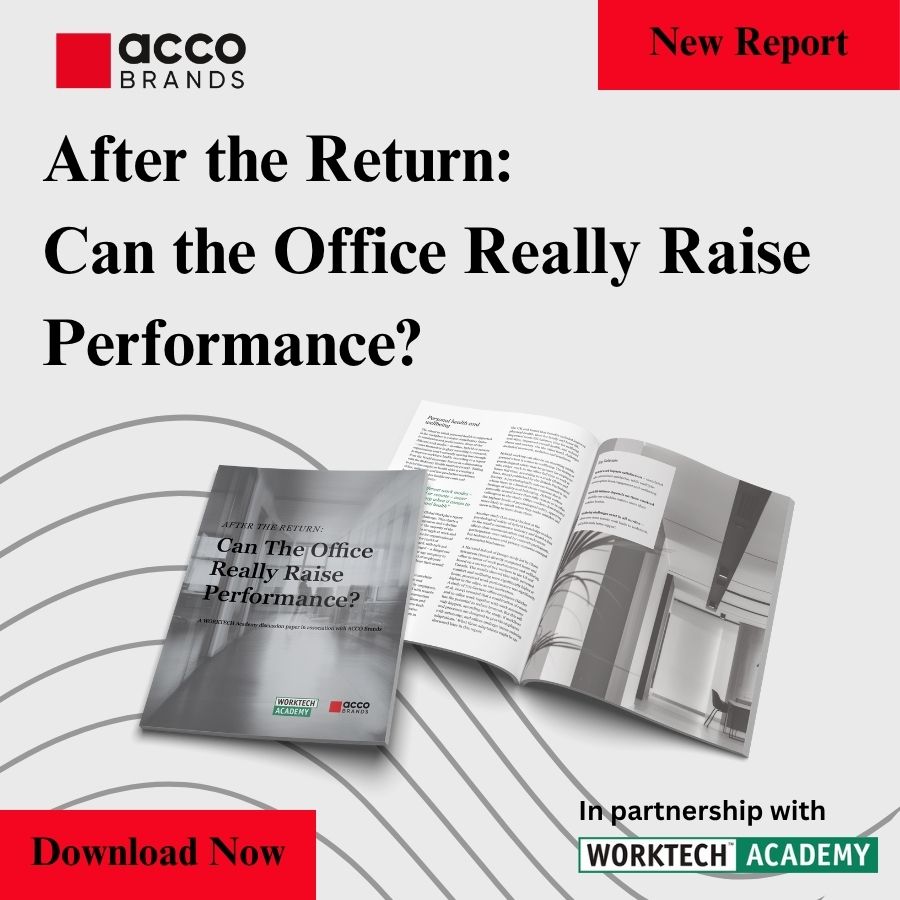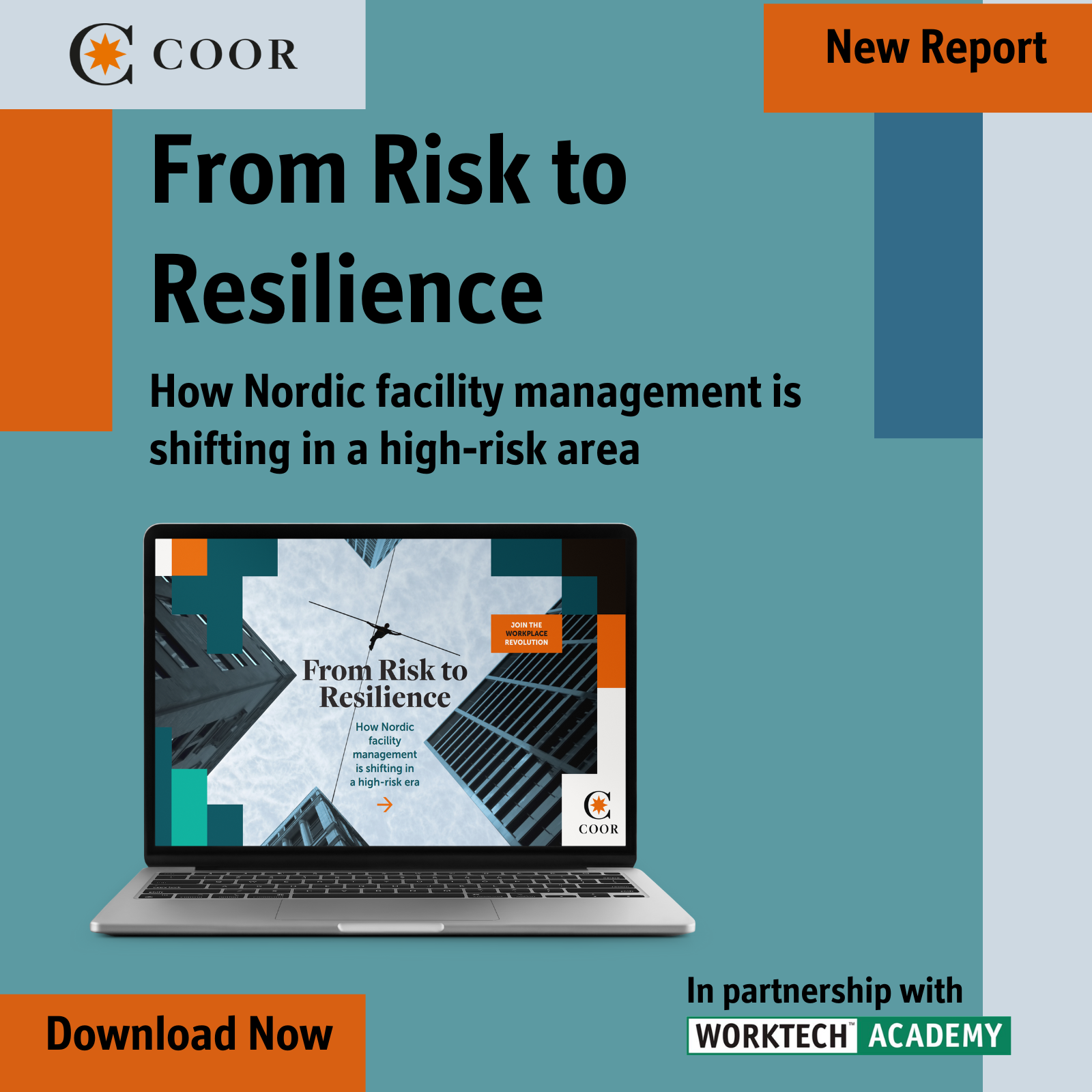Building the ROI case for ergonomic workplaces
New data shows investing in ergonomics delivers a measurable return – from cutting absenteeism and turnover to unlocking productivity and talent retention.
For decades, ergonomics was treated as a narrow discipline concerned with preventing injury and meeting health and safety standards. Yet as the modern workplace evolves, this view is proving too limited. People expect spaces that support them physically and emotionally, and businesses increasingly link wellbeing to productivity, retention and culture. The result is a quiet but powerful repositioning that ergonomics is moving from cost centre to strategic asset.
Hybrid work has shifted the physical demands on employees. Many people no longer spend all day at a single, fixed desk. They move between offices, homes, co-working hubs and project spaces – often carrying out complex digital work in environments not built for long periods of focus. Discomfort, fatigue and micro-injuries can build quickly and erode performance.
A deliberate ergonomics strategy responds to this fluid reality. Adjustable workpoints, clear set-up guidance and furniture designed for variation help people maintain comfort wherever they are. By protecting energy and reducing friction, ergonomics sustains productivity and supports healthier patterns of work.
Reframing the conversation with leadership
Despite its clear human impact, ergonomics has often struggled to win attention at board level. One reason is language. It has been presented in safety terms rather than as part of business performance. But when framed around engagement, retention, absenteeism and the experience of work, the relevance sharpens.
Investing in ergonomics shows employees they are valued, helping attract and keep talent in a competitive market. It also supports consistency across real estate portfolios – giving every site, and every worker, a baseline of comfort and usability that underpins both performance and brand.
Integration over retrofitting
A recurring lesson from workplace change programmes is that early ergonomic thinking saves time and money later. Designing work settings for a diverse workforce – different sizes, strengths, abilities and modes of work – avoids expensive rework and dissatisfaction. It also helps connect multiple functions: HR, real estate, facilities, technology and design can align around a shared ambition to support people better.
Culture and wellbeing as differentiators
The impact goes beyond physical health. When people see their comfort and safety prioritised, trust grows. They are more likely to feel belonging, contribute ideas and advocate for their employer. This cultural dividend matters as organisations fight for discretionary effort and innovation while managing the complexities of hybrid work.
Taking the next step
For workplace leaders these are actions to take:
- Shift mindset: treat ergonomics as part of performance and brand, not only compliance.
- Embed early: integrate ergonomic thinking into planning and fit-out to avoid costly adjustments.
- Think hybrid: design adaptable, user-centred workpoints across offices, homes and third spaces.
- Show value: gather employee feedback and wellbeing data to track impact and strengthen the case internally.
Ergonomics is no longer just about preventing injuries. It is a strategic enabler for workplaces that want to support people, power productivity and compete for talent. By embedding it into workplace strategy – rather than treating it as an afterthought – organisations create environments that pay back in performance, engagement and long-term resilience.








